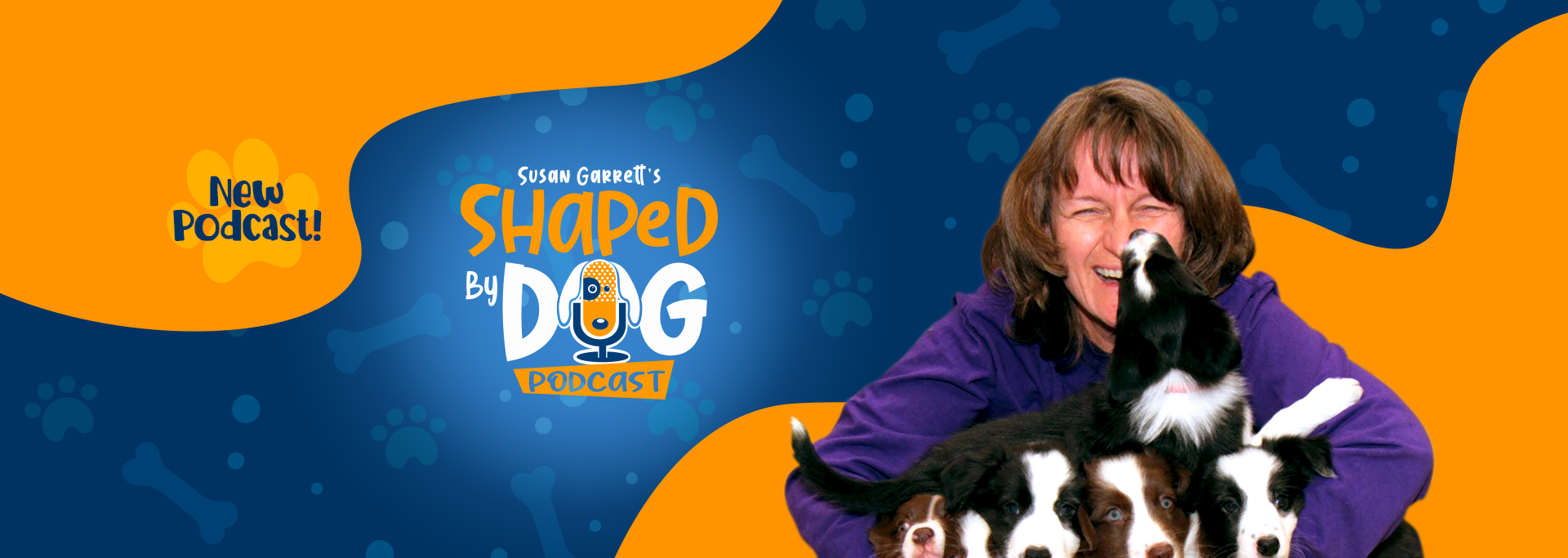We all have an important role to play in reducing the number of dog bites, in particular dog bites to children. Recent statistics on dog bites show that 77% of biting is by the family dog or a friend’s dog. It’s up to us to protect children, anyone who comes into contact with our dog, and our dog. I’ve got actionable strategies for you, and it all starts with how to R.E.A.D. a dog.
In the episode you'll hear:
- What recent studies on dog bites tell us.
- How to use the acronym R.E.A.D. for everyone’s safety, including your dog’s.
- Why we can’t just assume our dog will get along with children.
- How our dogs respond to our stress.
- Why a dog’s emotional state increases the risk of a bite.
- The actions you can take to be an advocate for your dog.
- Things you can’t know about a dog and why proactivity is vital.
- What it looks like to have a safe interaction with a dog.
- What you can teach children for their safety around dogs.
- Why to believe what your dog is telling you.
- What to do if your dog growls at a child.
Resources:
- Podcast Episode 3: How Hollywood Made Life Tough For Dogs
- Paper: Dog Bites in Children Surge during Coronavirus Disease-2019: A Case for Enhanced Prevention
- Paper: Interspecies transmission of emotional information via chemosignals: from humans to
dogs (Canis lupus familiaris) - Podcast Episode 4: T.E.M.P. (Tail, Eyes/Ears, Mouth, Posture)
- Podcast Episode 22: The Invisible Bubble of Pressure and Your Dog
- Dog Decoder App





Hi – my 5 year old dog recently started growling at my 3 year old when she approaches our 6 month old baby. This never happened the first 6 months of baby’s life and he has been so great with our 3 year old since she was born. How can we control the situation? It’s impossible to keep our daughter away from the baby bevause it’s her sibling.
My dog is alright with children, though she doesn’t encounter that many. My question is: Is it appropriate to use this same counter-condition technique to get her to stop growling or snarling at dogs that we pass on the other side of the street? After three years I still can not determine her triggers. Some dogs she totally ignores, even some off-leash. Other dogs that are calmly walking by across the street, she gets snarky at.
Hi Wendy, if you are consistent with your counter conditioning and add a bit of record keeping to determine her triggers it may help work through her uncomfortableness with dogs in her vicinity. Lynda(TeamSusan)
Thank you for all your help. Being a true advocate for dogs. I really appreciate your advice on when a dog growls. Taking their voice away is unacceptable!
So true! If only more dog owners knew this. I like your suggestion of changing, “Can I pet your dog?” to “Does your dog like kids?”
Really helpful and reinforcing, I’ve often felt a little embarrassed that I purposefully secure my now 5 month old BC before children enter the space she’s in. People sometimes look at me oddly when I don’t freely let her ‘go see’ (we’re not their yet) but I know my dog isn’t ready for that interaction as she gets so overexcited and can knock them down. I ask all the children that do come to turn their backs to wait until she’s sitting before they say hi and she is is a pen so she’s safe first or I put her away so that she doesn’t get too stressed.
I wonder if you could do a pod cast on how you got Momentum aclimated to children. I have a mini-aussie (brilliant after the recoilers program!) but she barks at children – very embarrassing.
I know exactly what you’re going to say ….. “as my mentor Bob Bailey says…”.
PS – I forgot to say I love Lili Chin (as in the app decoder) so thanks for giving her a push – I suspect her drawings must have influenced so many dog owners.
My dog seems fine with kids although he does look a bit nervous when they come piling out of kinderarden en mass and crowd around him wanting to touch him. I used to let them all touch him and squeal when he licked their hands. I don’t remember where and when I learnt the supidity of that (I think it was before I discovered you Susan). These days I tell them that yes they can pet him but they have to stand in a line (that’s a queue for the North American speakers) and he will approach them 1 by 1. It’s amazing how quickly they quieten down and get into a line. A school teacher told me I such be in the military!.